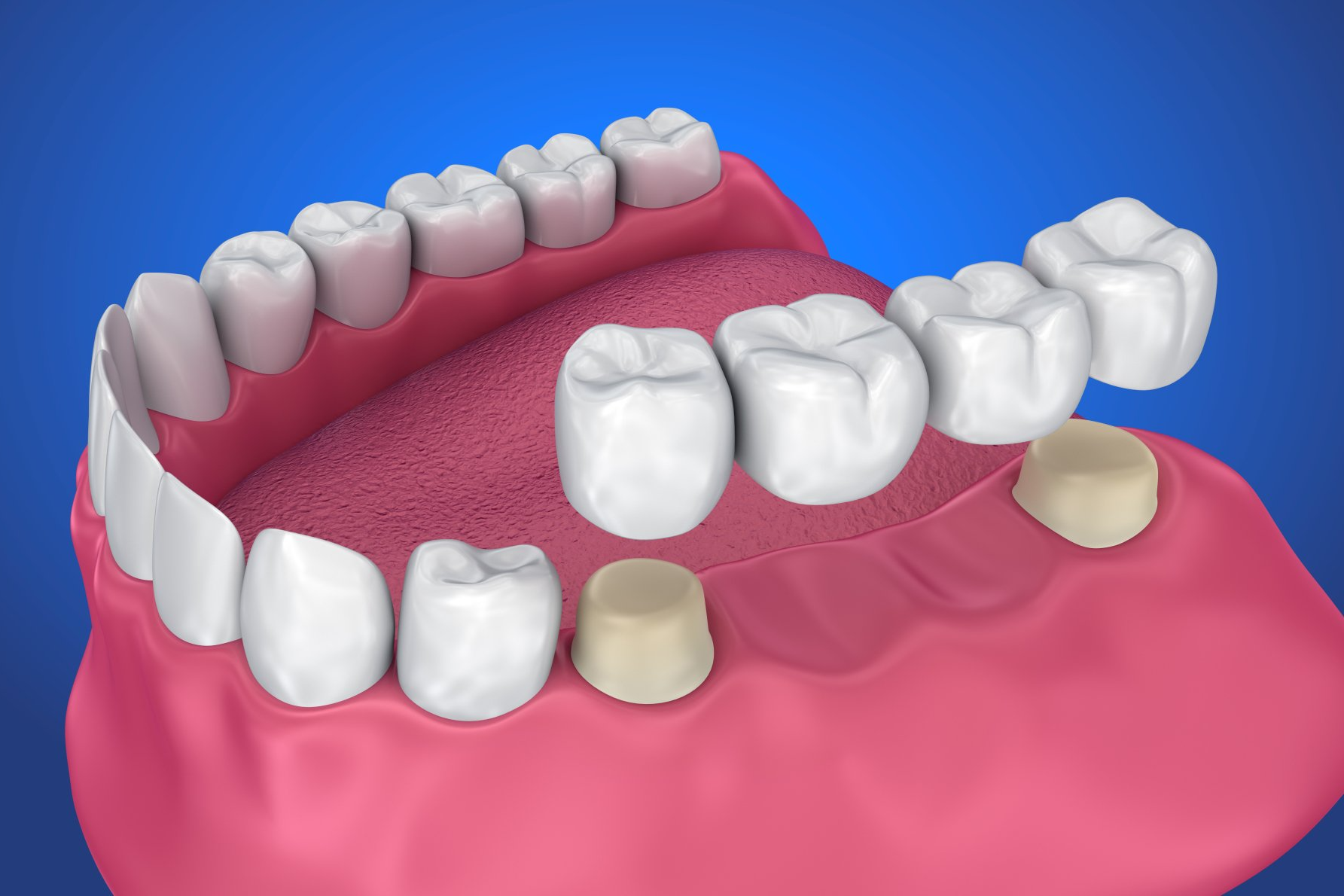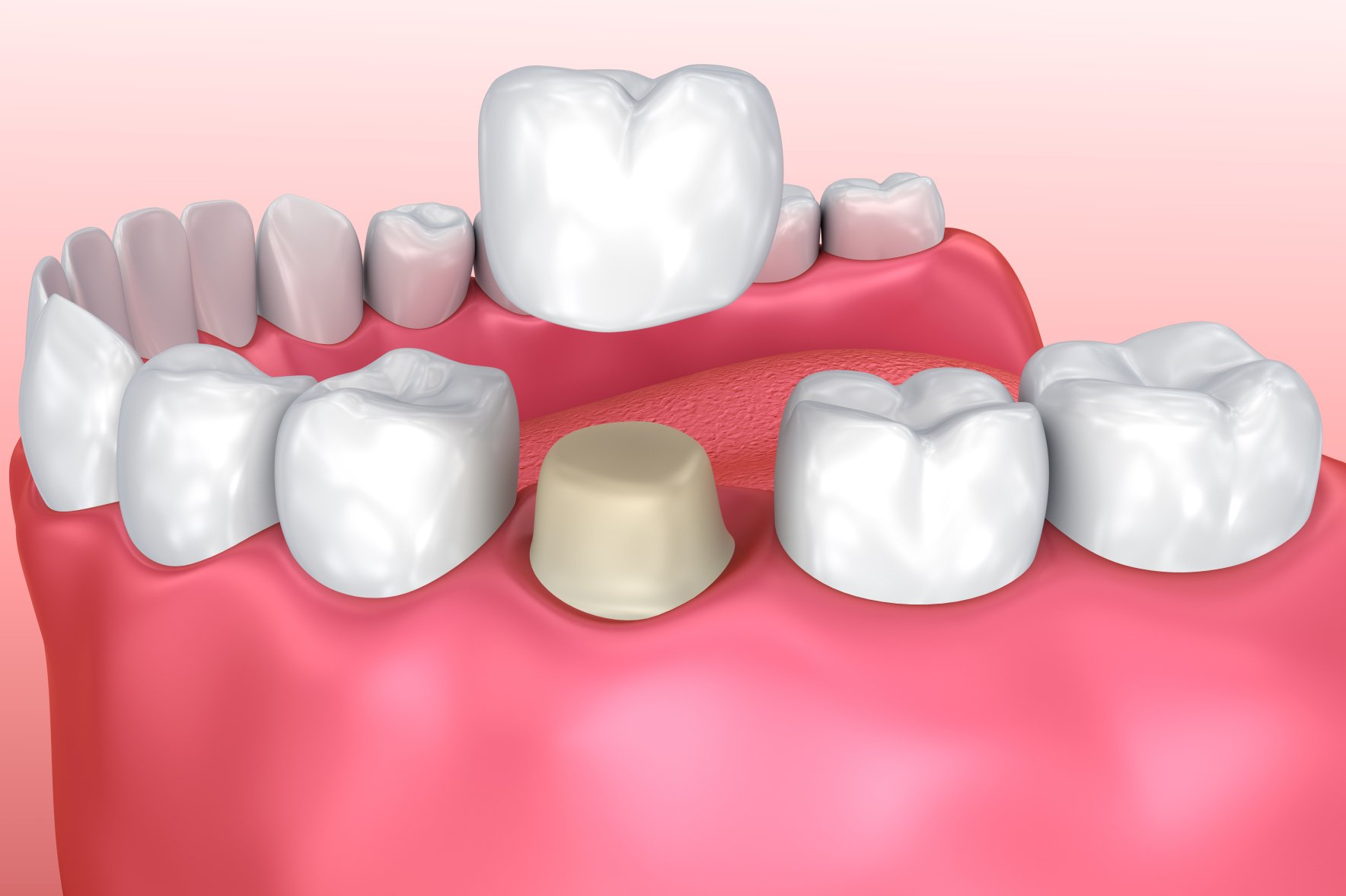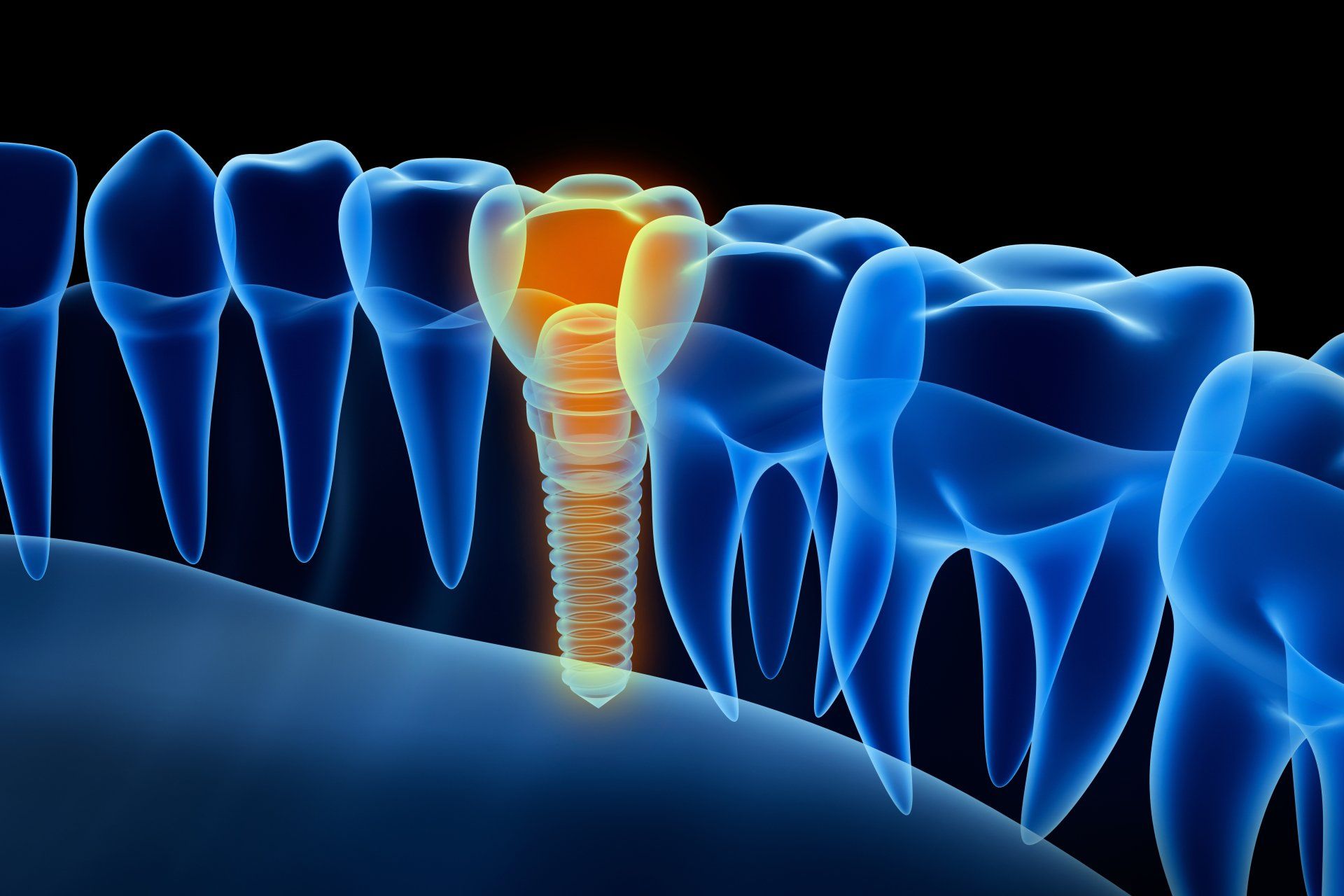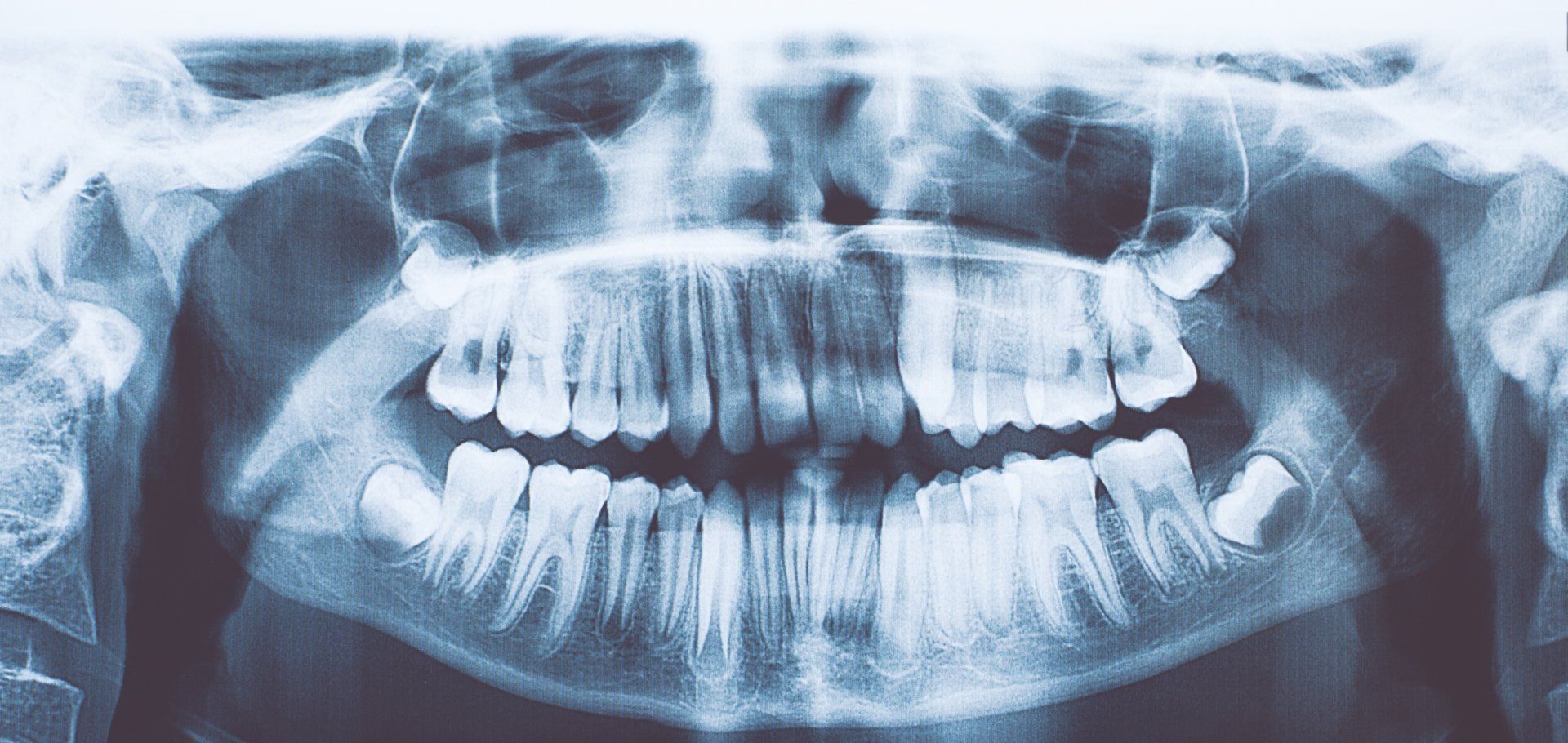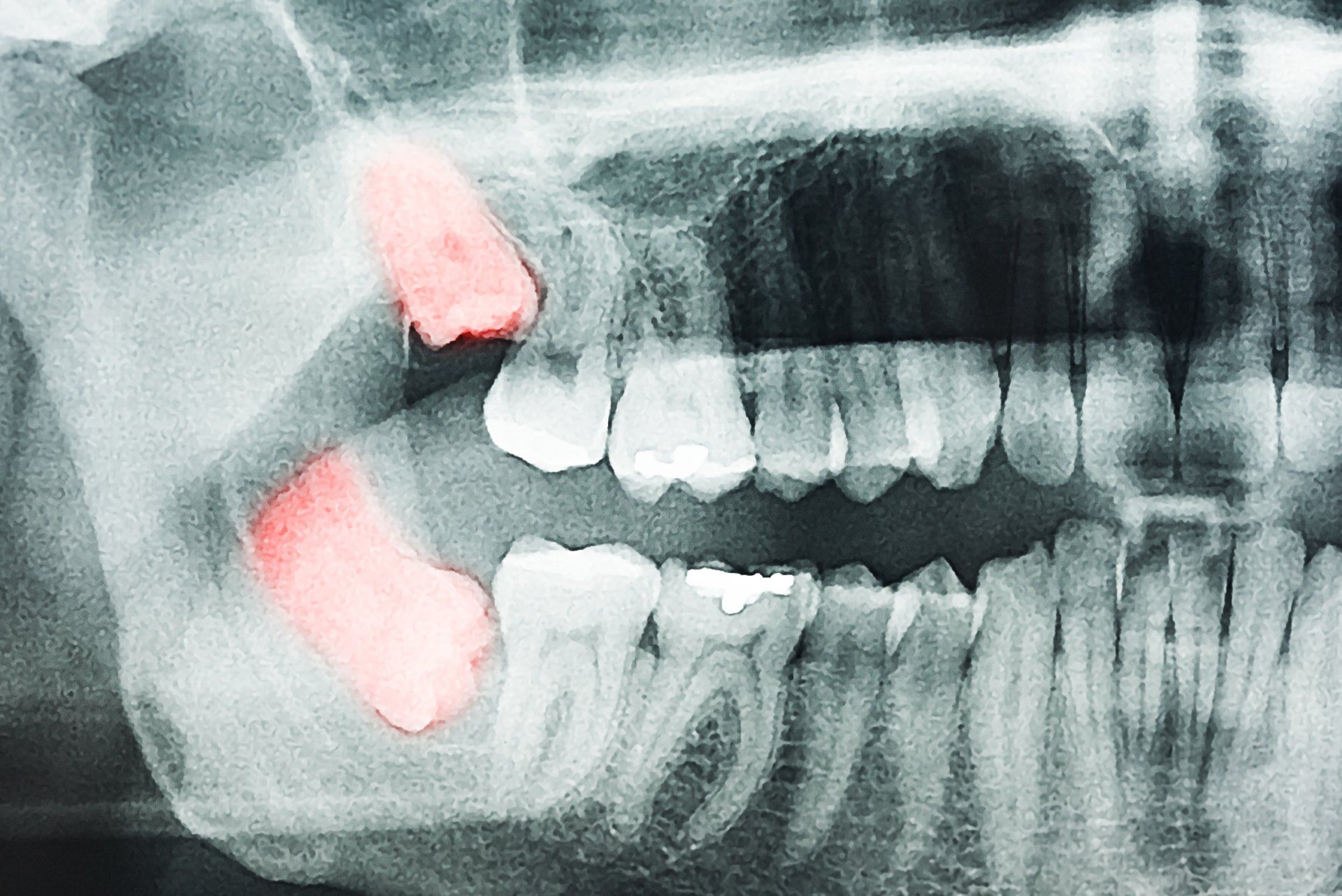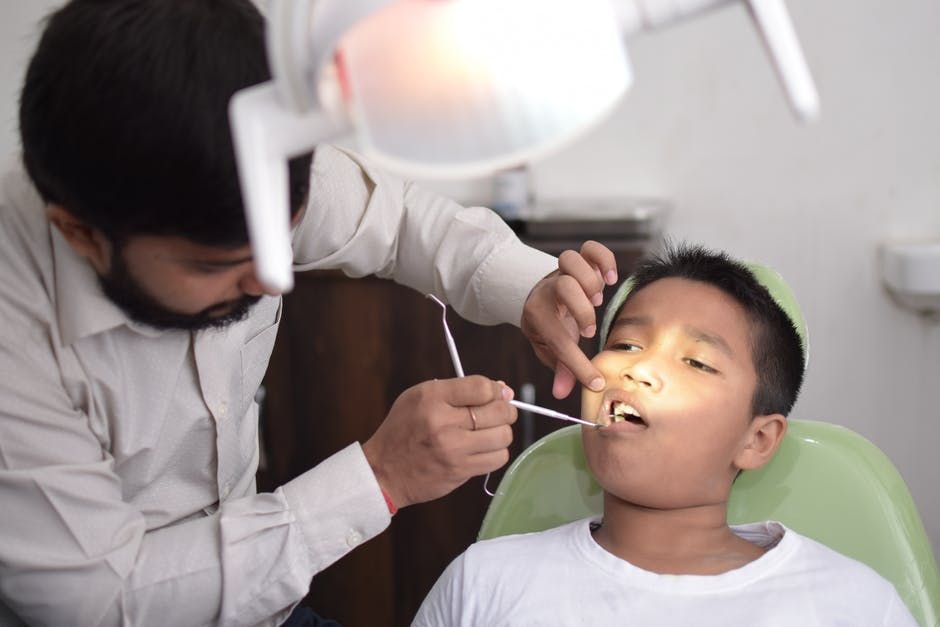Crown and Bridge Treatment from a Cosmetic Dentist
A cosmetic dentist utilizes crown and bridge treatment to repair cracked or missing teeth.
What are Crowns and Bridges?
A crown, or a “cap,” fits over an existing tooth. It requires restoration due to deep decay, a fracture, or a crack. At least three units make up a bridge: two crowns (abutments) fused to a pontic, or fake tooth, that replaces a missing tooth.
Signs You Need Crown and Bridge Treatment
During an examination, Dr. Daas will evaluate for crown and bridgework. If the following signs/symptoms are present, we will recommend restorative work.
Signs a Crown Is Needed
A cracked tooth without symptoms
The patient experiences sensitivity to bite pressure and temperature, particularly the cold
Deep decay. Once the dentist removes the decay, there will not be enough tooth structure left to support a filling.
The patient has had or needs root canal treatment
The tooth has a large silver (amalgam) filling that is breaking down
Signs Patients Need a Bridge
Crown and Bridge Benefits – What Patients Need to Know
Crown and bridgework are important parts of cosmetic dentistry.
Benefits of Dental Crowns
Benefits of a Fixed Bridge
Crowns and Bridges vs. Dental Implants – What Is Best?
Each procedure restores missing teeth. Which option is the best depends on the needs of each individual patients and the subsequent recommendations of their dentist. Here are some of the positives of each.
Types of Dental Bridges
Dental bridges are a crucial component of cosmetic dentistry, aiding in the restoration of cracked or missing teeth. Understanding the various types of dental bridges is essential for patients considering this treatment option.
1. Traditional dental bridges
The most common type, a traditional dental bridge, involves creating a pontic (artificial tooth) suspended between two crowns, known as abutments.
Suitable for patients missing a single tooth or multiple teeth in a row.
2. Cantilever bridges
Cantilever bridges are similar to traditional bridges, but the pontic is supported by a single crown instead of two. This design is appropriate when there is only one adjacent tooth for support.
Ideal for cases where there is only one natural tooth beside the gap
3. Maryland bonded bridges
Also known as resin-bonded bridges, Maryland bridges consist of a pontic held in place by metal or porcelain wings bonded to the adjacent teeth.
Commonly used for front teeth and in cases where minimal tooth reduction is preferred.
4. Implant-Suppoted bridges
These bridges are anchored to dental implants surgically placed in the jawbone, providing strong support and stability.
Use: Recommended for patients with multiple missing teeth or those seeking a more permanent solution.
Choosing the right type for you
Selecting the appropriate type of dental bridge depends on various factors such as the number of missing teeth, the location of the gap, and individual preferences. Your dentist will assess your specific needs and recommend the most suitable option.
Crowns and Bridges Explained: FAQs
Many of our patients wonder what they can expect from their appointment. We will look at the crown and bridge treatment steps before getting into some other FAQs.
How Crowns and Bridges Are Done
After anesthesia, we take an impression for a custom temporary crown or bridge. Then, we reduce the height and circumference of the tooth or bridge abutment teeth, making sure to remove any decay. Once finished, we place a piece of cord in the gum pocket that looks like thick floss. The cord gently pushes the gum tissue away from the tooth, so we get a good impression.
After taking an impression, we will send it to a dental lab to have the crown/bridge fabricated.
Finally, we remove the cord and place the temporary crown. A few weeks later, the patient returns for their permanent crown or bridge.
How Much Are Crowns and Bridges?
The cost of crowns and bridges depends on:
- The materials used
- The number of teeth being restored
- Whether the teeth need to be built-up first
A cosmetic dentist will review the patient’s treatment plan and discuss the cost, as well as insurance coverage, co-pays, and payment options.
What Can Patients Do to Prepare for the Procedure?
Patients with health conditions should discuss the appointment with their physician. Some patients need to pre-medicate before treatment, while others need to stop taking certain medications.
Does Crown and Bridge Work Hurt?
Because the dentist administers anesthesia, the patient should not experience any discomfort. After the procedure, they may feel some tooth sensitivity and possibly some gum soreness, both of which dissipate within a few days.
What Can Patients Expect After the Procedure?
After restorative or cosmetic dentistry, patients may need to eat a soft diet and avoid chewing on the side of the mouth where the work was done.
How Does a Patient Care for Their Teeth After This Procedure?
Patients should brush and floss as per normal. Warm salt-water rinses a couple of times a day can help with gum tenderness.
How Long Do Crowns and Bridges Last?
Crowns and bridges can last for years, in some cases up to 15 years or more.
Crown and Bridge Near Me: Visit Us in Two Convenient Locations
Wondering where to get crown and bridge treatment? We can help with that.
Having access to a cosmetic dentist in two locations is more convenient for our patients. Between our Mississauga office and the recently-opened Stoney Creek location, our clients have one less thing to worry about when scheduling (and keeping!) their dental appointments.
Would you like to learn more about how you can change your smile with crown and bridge treatment? Contact us today to learn more!
A Monthly Blog to Keep Up with Your Dental Health

